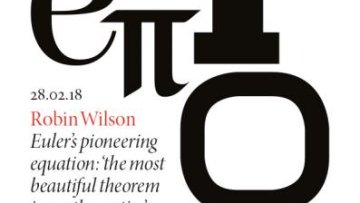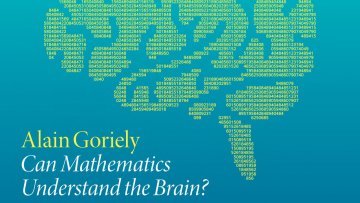Modelling the collective migration of neural crest cells
Abstract
Collective neural crest (NC) cell migration determines the formation of peripheral tissues during vertebrate development. If NC cells fail to reach a target or populate an incorrect location, improper cell differentiation or uncontrolled cell proliferation can occur. Therefore, knowledge of embryonic cell migration is important for understanding birth defects and tumour formation. However, the response of NC cells to different stimuli, and their ability to migrate to distant targets, are still poorly understood. Recently, experimental and computational studies have provided evidence that there are at least two subpopulations of NC cells, namely “leading” and “trailing” cells, with potential further differentiation between the cells in these subpopulations [1,2]. The main difference between these two cell types is the mechanism driving motility and invasion: the leaders follow the gradient of a chemoattractant, while the trailing cells follow “gradients” of the leaders. The precise mechanisms underlying these leader-follower interactions are still unclear.
We develop and apply innovative multi-scale modelling frameworks to analyse signalling effects on NC cell dynamics. We consider different potential scenarios and investigate them using an individual-based model for the cell motility and reaction-diffusion model to describe chemoattractant dynamics. More specifically, we use a discrete self-propelled particle model [3] to capture the interactions between the cells and incorporate volume exclusion. Streaming migration is represented using an off-lattice model to generate realistic cell arrangements and incorporate nonlinear behaviour of the system, for example the coattraction between cells at various distances. The simulations are performed using Aboria, which is a C++ library for the implementation of particle-based numerical methods [4]. The source of chemoattractant, the characteristics of domain growth, and types of boundary conditions are some other important factors that affect migration. We present results on how robust/sensitive cells invasion is to these key biological processes and suggest further avenues of experimental research.
[1] R. McLennan, L. Dyson, K. W. Prather, J. A. Morrison, R.E. Baker, P. K. Maini and P. M. Kulesa. (2012). Multiscale mechanisms of cell migration during development: theory and experiment, Development, 139, 2935-2944.
[2] R. McLennan, L. J. Schumacher, J. A. Morrison, J. M. Teddy, D. A. Ridenour, A. C. Box, C. L. Semerad, H. Li, W. McDowell, D. Kay, P. K. Maini, R. E. Baker and P. M. Kulesa. (2015). Neural crest migration is driven by a few trailblazer cells with a unique molecular signature narrowly confined to the invasive front, Development, 142, 2014-2025.
[3] G. Grégoire, H. Chaté and Y Tu. (2003). Moving and staying together without a leader, Physica D: Nonlinear Phenomena, 181, 157-170.
[4] M. Robinson and M. Bruna. (2017). Particle-based and meshless methods with Aboria, SoftwareX, 6, 172-178. Online documentation https://github.com/martinjrobins/Aboria.



